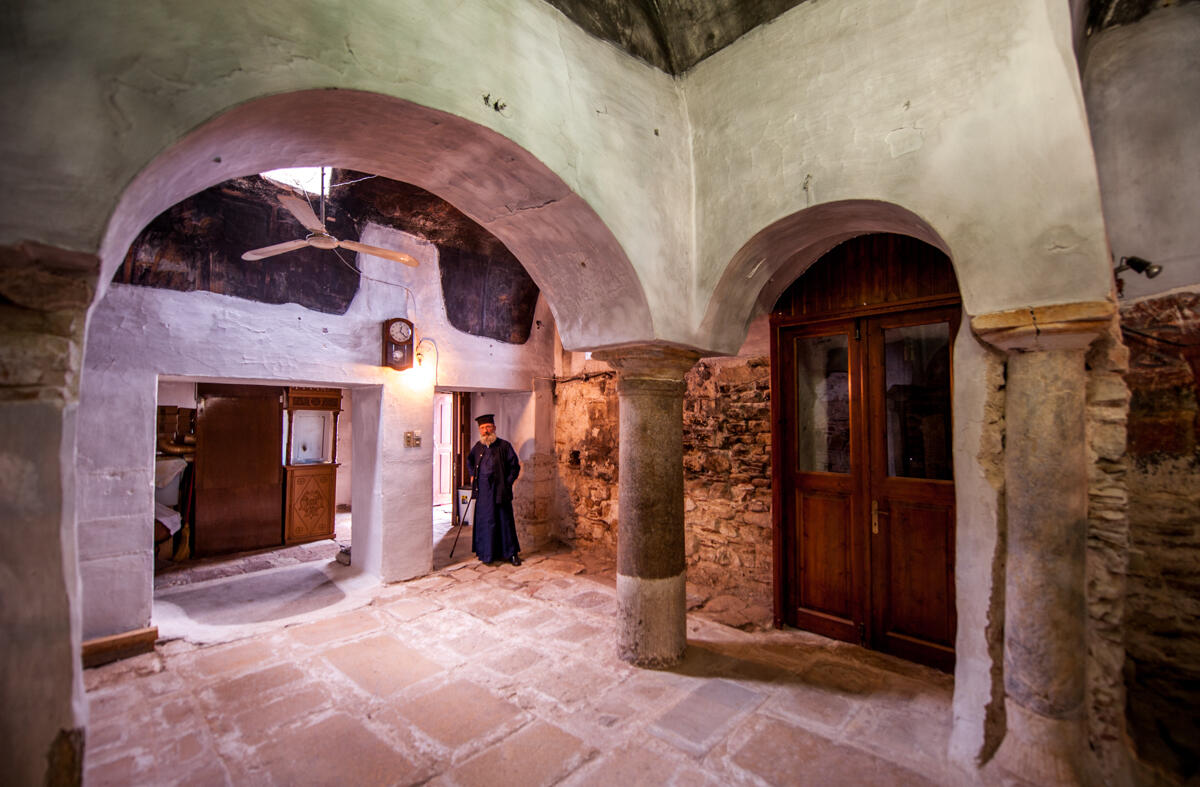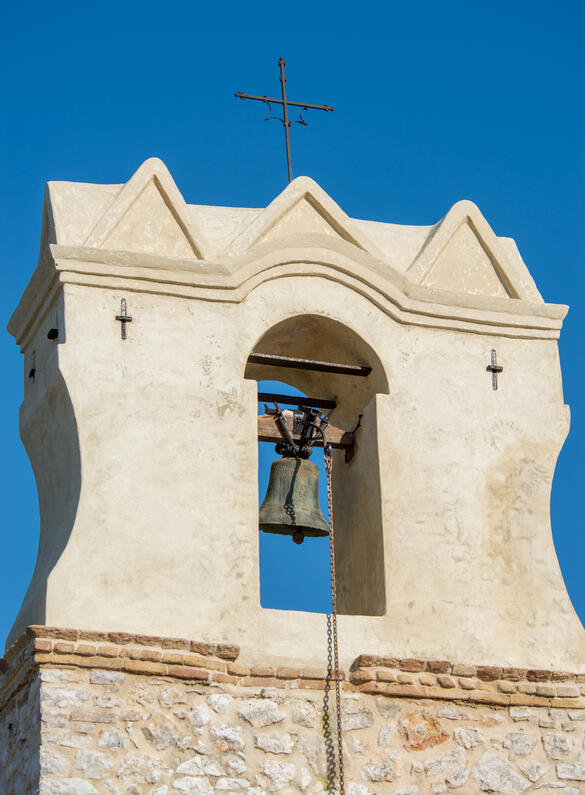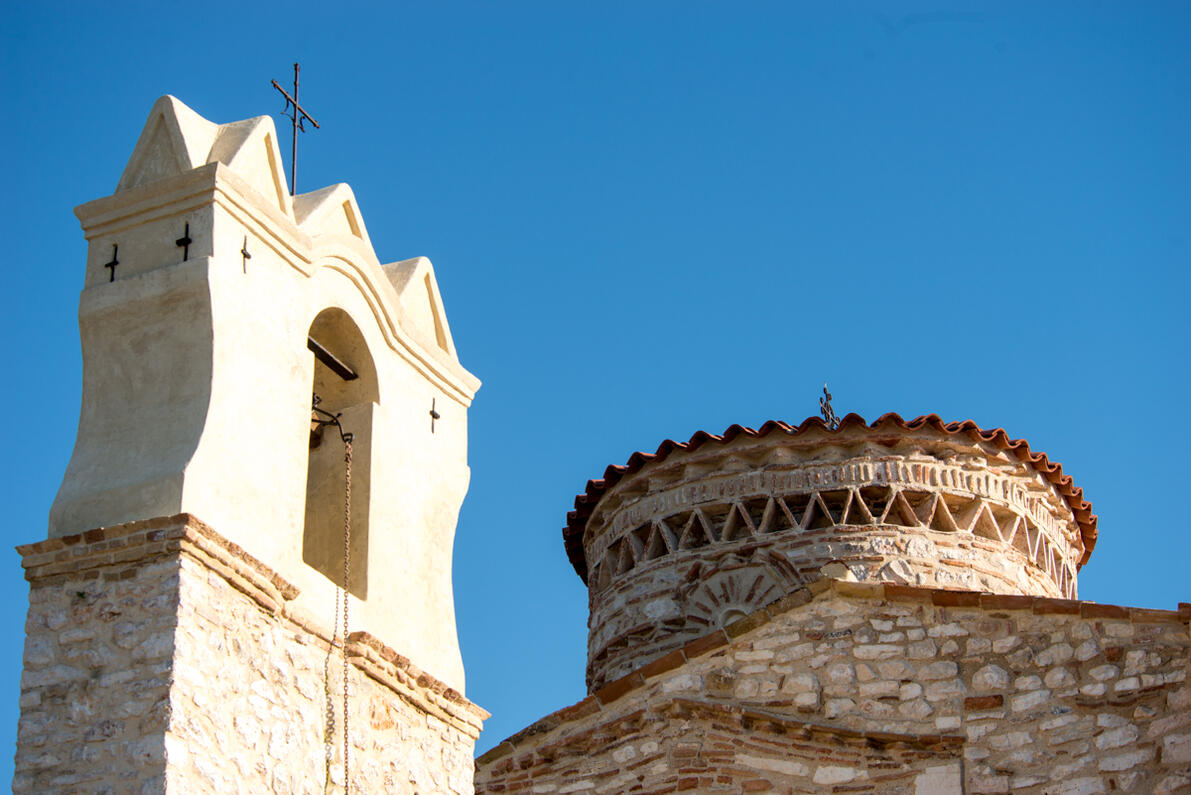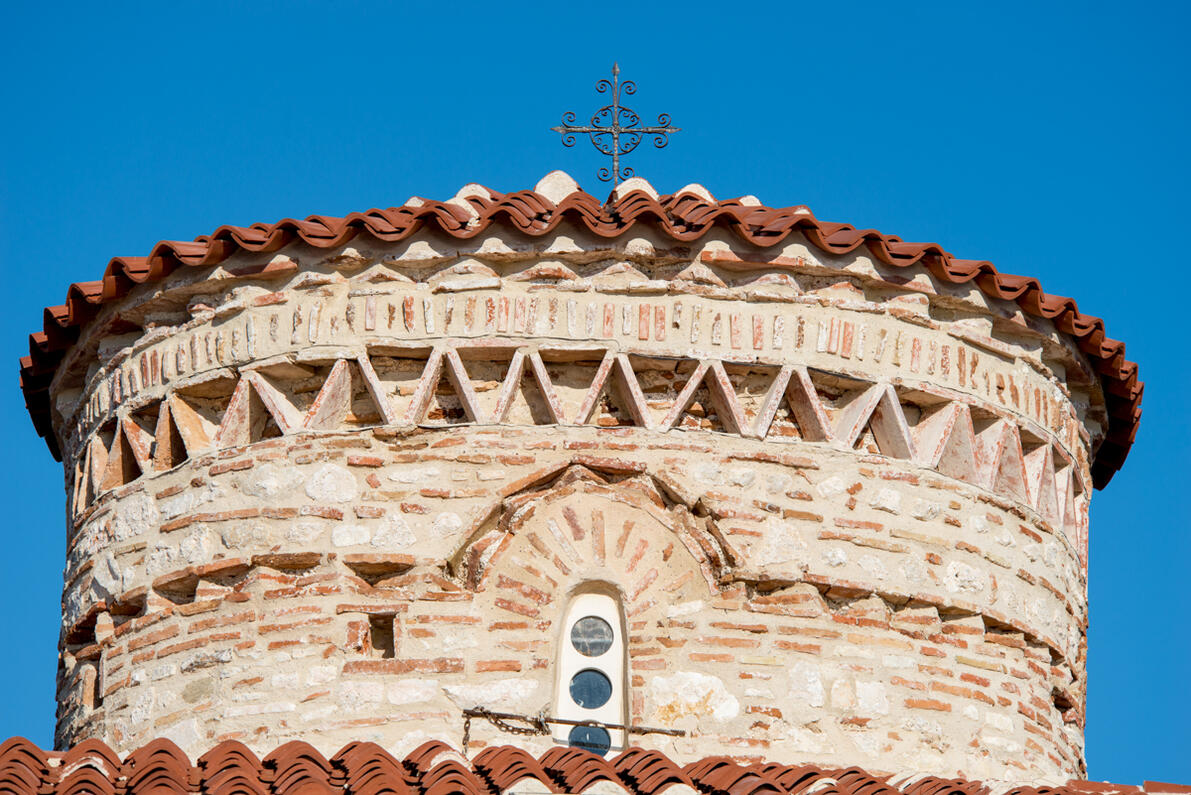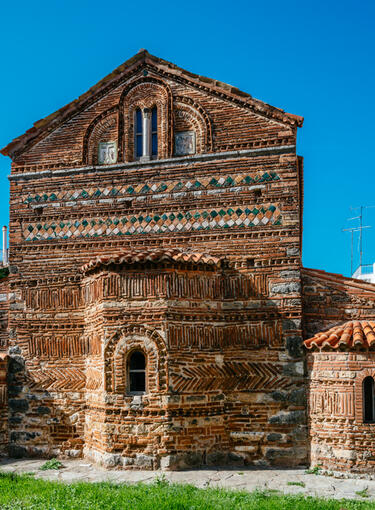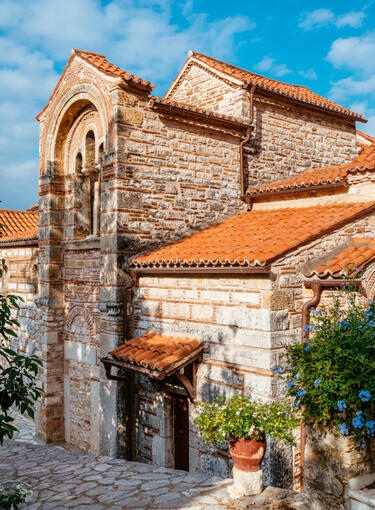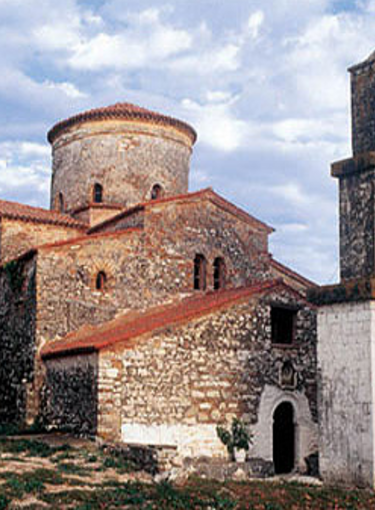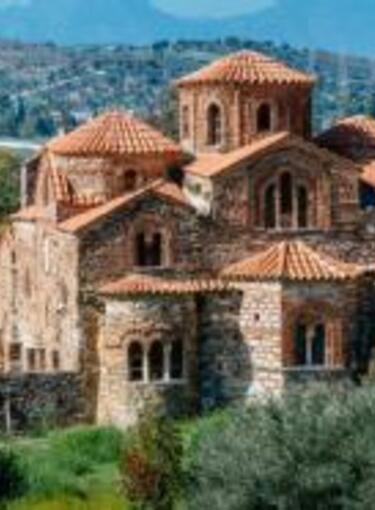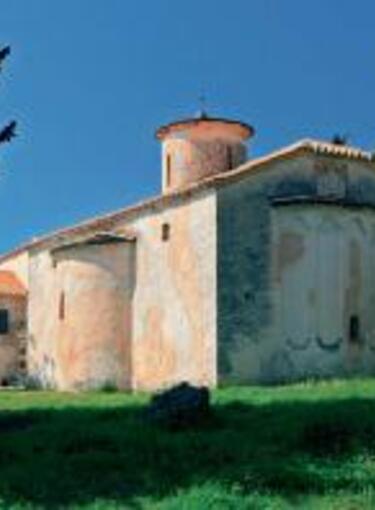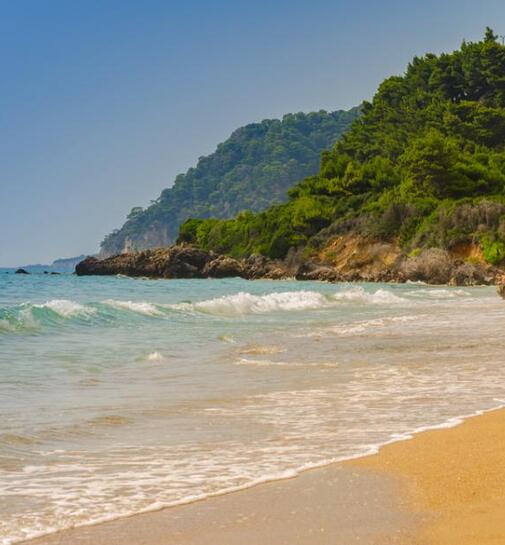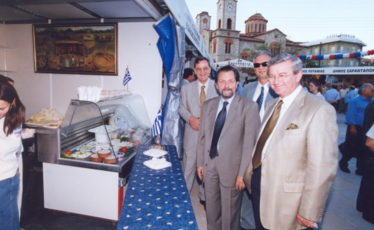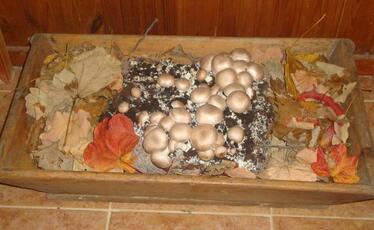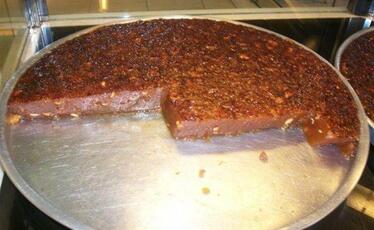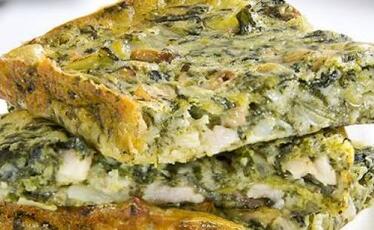Historic Temples
At the top of the green hill of Koronisia or Korakonisia, the small picturesque island in the Ambracian bay, is the church of the Nativity of Theotokos, the oldest and most important monuments of the area and one of the most important Byzantine monuments of Epirus.
The church was constructed in the end of the 10th or the beginning of the 11th century and was the catholicon of the monastery, which for the first time is mentioned to ecclesiastical documents of the 12th century. In the 15th and 16th century, during the Turkish Occupation, the monastery flourished and had significant property. As a matter of fact, it is said that it had nearly 2,000,000m2 of fields around Vonitsa, a lot of olive trees and a village, Kalogeriko, that took its name for this reason. It was renovated in 1870 by the abbot and archimandrite Ambrosios Raphailidis, who came from Koritsa, and in the same period a fishermen created the present day settlement around it. The monastery declined and was dissolved in the first decades of the 20th century and since then its catholicon is the parish and the cemetery church of Koronisia.
Architecturally, the small church belongs to the rare type of the semi-inscribed cross-in-square with a dome and narthex, but it has been severely altered through the centuries, something that has changed its initial shape. Its walls were built with carved stones among which there are tiles, and its dome is cylindrical with a conic roof. Its external decoration includes a marble slab with relief representations, which has been walled-in at the bell tower and probably comes from the screen of the 13th century.
Its interior is decorated with icons of the 17th century, which follow the style of the Cretan School of painting, while interesting is the wooden-carved screen, which was constructed probably in the middle of the 19th century. On the left side of the church there is a small chapel with the tomb of Osios Onoufrios, who came to the monastery in the end of the 18th century. From the rich complex the well still survives, which according to the tradition it was constructed by Osios Onoufrios himself, and ruins from the auxiliary areas that were added in the 19th century, among them the olive press and a two storey building where monks stayed.
The church celebrates on the 8th of September and the 12th of June (Festival of Osios Onoufrios).
Informations
Additional
Date:
end of 10th - beginning of 11th century
Season:
Byzantine
Celebrates:
12 June - Festival of Osios Onoufrios, 8 September
Holy Metropolis:
Nikopolis and Preveza
Under the Supervision of:
Ephorate of Antiquities of Arta



